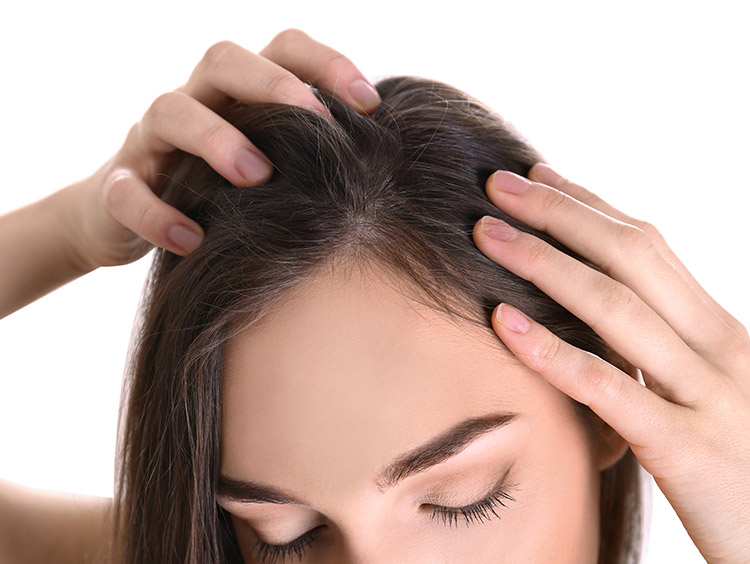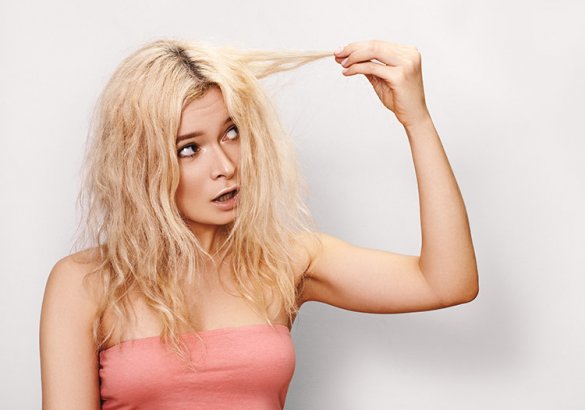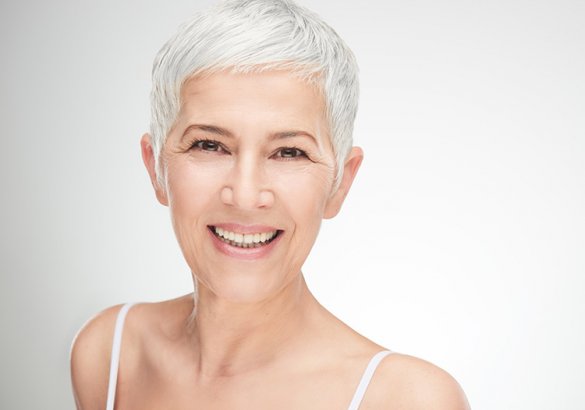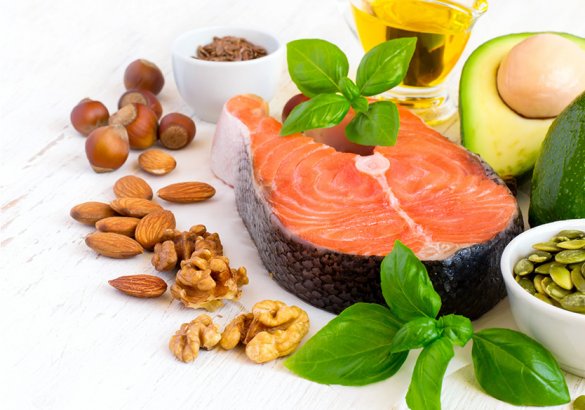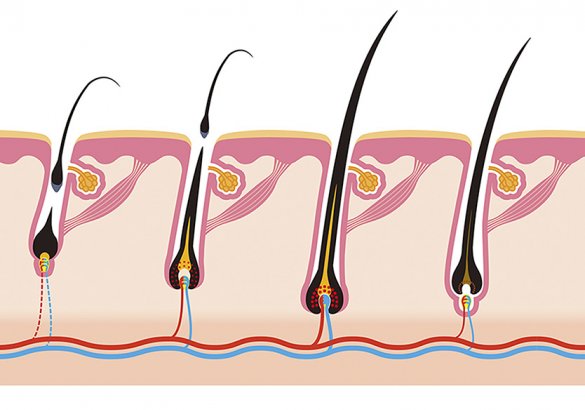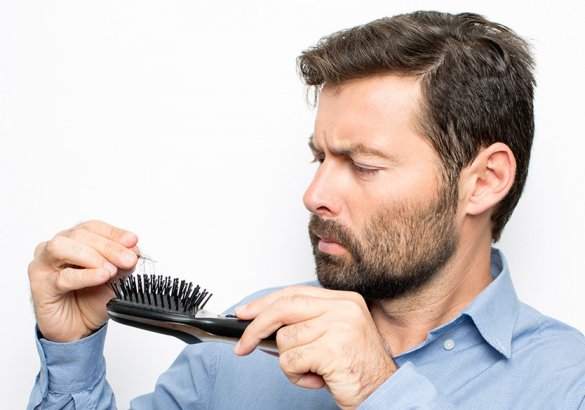-
Does decolouring ruin hair?
Everyone knows that blonde hair never goes out of fashion, but, more importantly, it is the most popular colour as it really does flatter -
Grey hair: how to keep it healthy and beautiful
A real nuisance for many women and forever synonymous with old age, grey hair is actually enjoying a revival -
Foods that prevent hair loss: the omega-3s
The health and condition of our hair is also affected by what and how we eat. -
A closer look at hair loss treatments: the life cycle of hair
Understanding how our body works is the first step towards taking care of it in a correct and efficacious manner. -
Hair loss, when to worry: inheritance and alopecia
When we talk about androgenetic alopecia, we often think about the connection between this condition and inheritance: is it more likely that a person will suffer from alopecia if his close relatives do? -
Hair loss treatment: the 3 habits to avoid for healthy hair
Hair loss is a phenomenon that can have a number of causes. Some of these are physiological, due to the hair’s natural lifecycle; others are hereditary, whereas others still can be caused by the use of certain medicines.
May 13
We all want thick strong shiny hair and so we invest time and money sourcing the best haircare products. But while tending to focus on the health of our locks, we are apt to totally ignore our scalp, its nature and function. But the condition of the scalp is crucial for the health of our hair and its growth. Like skin anywhere on our body, the scalp is subject to alterations, problems and real diseases.
A healthy scalp is pale pink in colour, smooth and with no flakes. Its main job is to protect our head by producing hair, but also by regulating heat, filtering the sun’s rays and preventing excessive heat loss in cold environments.
The skin tissue that forms the scalp has a surface epidermis, which houses capillary vessels and nerves, comprising layers of cells called keratinocytes, whose function is to protect the scalp from external agents. Immediately underneath the epidermis is the dermis, the layer containing the blood vessels where the skin vascularisation that delivers nourishment to the hair occurs. Known as connective tissue, the dermis is where the hair bulbs or the roots are found, which, in turn, are found at the bottom of the hair follicle, whose function is to ensure that the hair germinates and proliferates. Each bulb corresponds to the opening of one of the sebaceous glands responsible for the production of the sebum that is essential for the formation of the hydrolipidic film, which in turn protects and hydrates the scalp. Even deeper down, we find the subcutaneous tissue or hypodermis, made up of adipocytes, the cells responsible for fat synthesis. This delivers the very first nutrients to the hair and, thanks to its spongy consistency, it separates the skin from the other organs, acting as a heat insulator. Completing the structure is the epicranius muscle, which enables the scalp to move backwards and forwards and the forehead to crease.
In the same way that the skin on the body regenerates by shedding dead cells, cell renewal on the scalp takes about two weeks and occurs through keratinisation. This cycle of exchange is constant but in some cases anomalies occur, causing an accumulation of agglomerated dead cells that look like flakes. This flaking and dry scalp can, in turn, cause the head to itch badly and produce dry dandruff, in some people degenerating to become seborrheic dermatitis, a painful irritating scalp condition. In some cases, the scalp has no visible problems of this kind, but may experience itching, burning and hypersensitivity. This is a sensitive scalp, and possible causes are stress, pollution, aggressive shampoos and certain medicines, diet or even hormonal changes.
Those who complain of hair that dirties quickly, will probably have a greasy scalp that produces an excessive amount of sebum. This, in fact, deposits at the base of the hair, making it itchy, always greasy and unsightly, often worsened by the presence of greasy dandruff, thick white flakes that are difficult to remove.
In all those cases where there are no specific problems of this kind, but the hair is particularly weak and tends to fall out, the scalp is defined as normal. In this case, certain steps should be taken and specific products like TRINOV Replenishing Shampoo should be used to nourish it and preserve its correct physiological balance, restoring new-found wellbeing to all the hair.
Related articles

